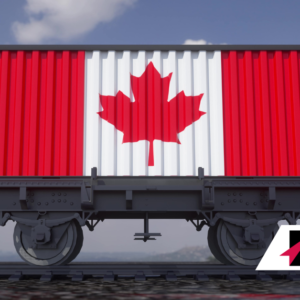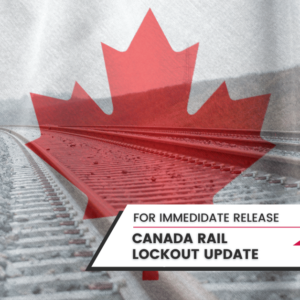The latest data from the Producer Price Index (PPI) reveals a significant shift in the trucking industry’s pricing dynamics. While the Truckload (TL) sector has experienced a deceleration in its negative PPI trend, the Less-than-Truckload (LTL) segment continues to see an increase in its index, signaling diverging pricing pressures within these key sectors of freight transportation.
TL Pricing Stabilizes, But Challenges Persist
For the TL segment, the slowdown in the negative PPI trend is a welcome sign of stabilization after several months of declining prices. The TL PPI has been under pressure due to several factors, including excess capacity in the market, softening demand, and fluctuations in fuel costs. Although the rate of decline in TL pricing has eased, it’s important to note that the overall market conditions remain challenging for carriers.
TL operators are still grappling with an overcapacity situation that has driven down spot rates. Additionally, the subdued demand across various sectors has limited opportunities for price increases. The slight easing of the negative trend in July might suggest that the market is nearing a floor, but it doesn’t necessarily indicate a strong recovery in the near term.
LTL Continues to See Gains
In contrast, the LTL segment continues to demonstrate resilience, with its PPI showing consistent growth. The boost in the LTL index can be attributed to several factors, including the ongoing shift in consumer behavior towards e-commerce, which has bolstered demand for smaller, more frequent shipments. Furthermore, the LTL market has benefitted from capacity constraints in the TL sector, as shippers turn to LTL carriers to fill the gaps.
This upward trend in LTL pricing reflects a combination of strong demand and carriers’ ability to pass on cost increases to customers, particularly in an environment where capacity remains tight. As a result, LTL carriers are enjoying better pricing power compared to their TL counterparts, a trend that is likely to continue as long as demand remains robust and capacity constraints persist.
Looking Ahead: What This Means for Shippers
For shippers, these diverging trends in the TL and LTL markets underscore the importance of strategic planning and flexibility in their logistics operations. Those relying heavily on TL services may continue to benefit from relatively stable or lower rates, though the market’s volatility requires close monitoring. Conversely, shippers using LTL services should be prepared for continued rate increases, driven by ongoing demand and capacity challenges.
Shippers can mitigate these pricing pressures by exploring a mix of TL and LTL services, leveraging strategic partnerships, and employing advanced logistics solutions that optimize route planning and load consolidation. By staying attuned to market trends and adjusting their strategies accordingly, shippers can better navigate the complexities of today’s freight environment.
The recent PPI data highlights the contrasting fortunes of the TL and LTL segments within the trucking industry. While TL carriers may find some relief in the slowing negative trend, the LTL sector’s continued strength presents both challenges and opportunities for shippers.
Your Trusted Partner
To stay ahead in the ever-changing logistics landscape, it’s crucial to partner with a company that understands the intricacies of freight trends and pricing dynamics. At Red Arrow Logistics, we offer tailored solutions designed to optimize your supply chain and minimize costs, whether you’re navigating the TL or LTL markets.
As the next-generation model of logistics companies, Red Arrow offers tailored transportation and logistics solutions – from single shipments to complex over-dimensional and international orders. Red Arrow offers the scale and scope of services including air, ocean, and ground transportation to meet the budget and schedule requirements of the largest and smallest companies alike.
If we can be of assistance, please email us at info@redarrowlogistics.com or give us a call at 425-747-7914.





